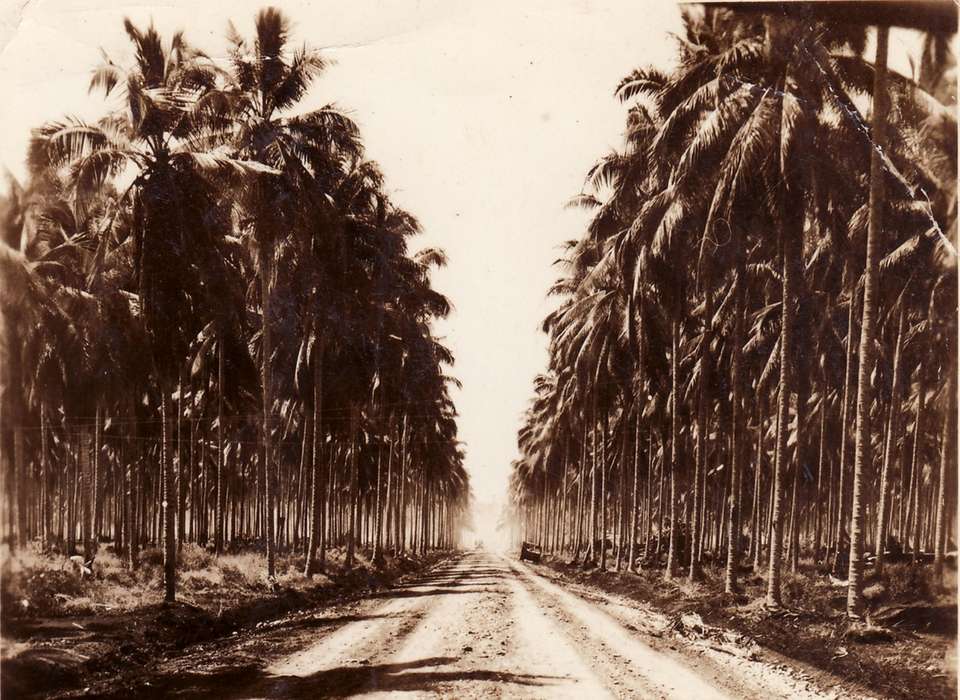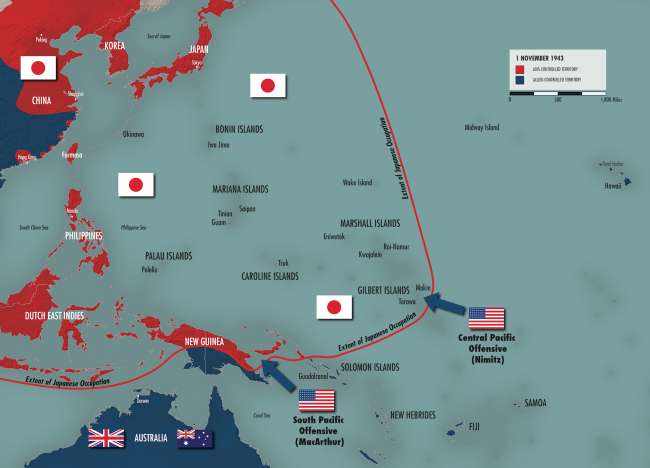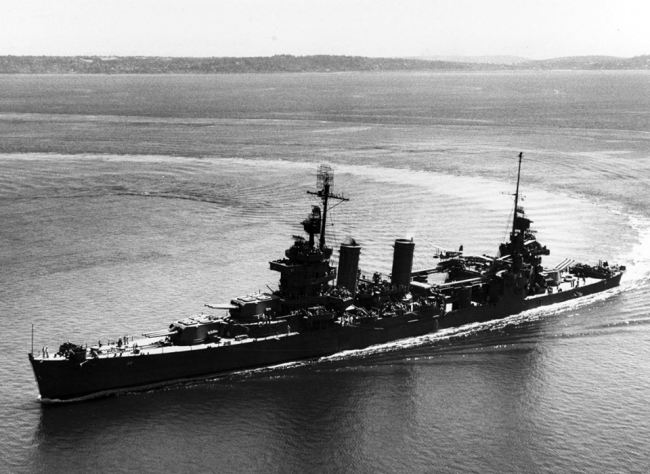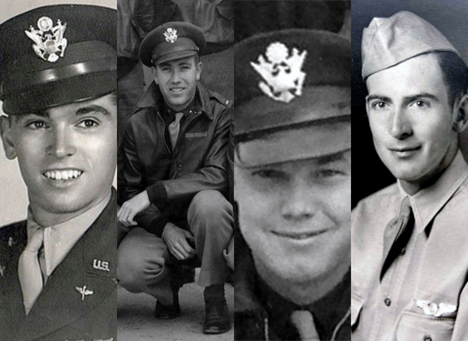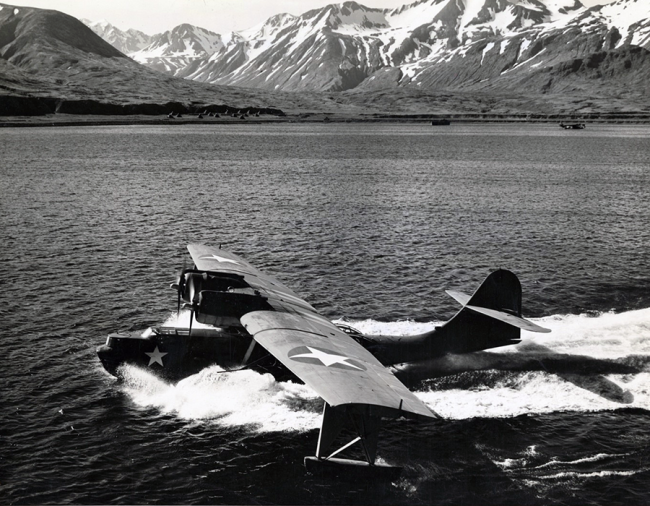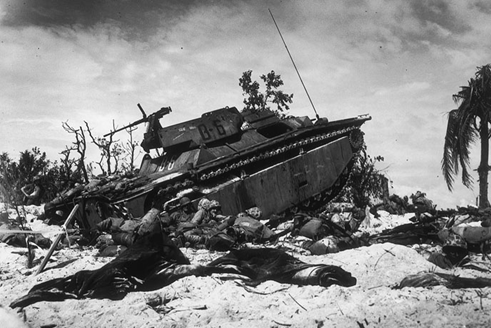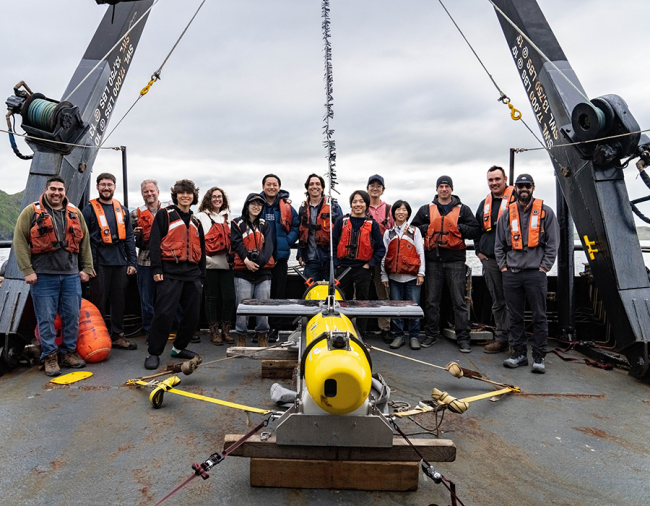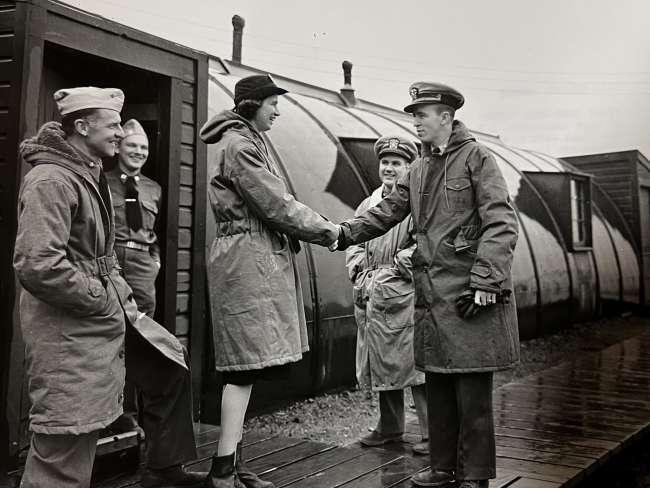On August 7, 1942, America mounted its first major amphibious landing of World War II at Guadalcanal, using innovative landing craft built by Higgins Industries in New Orleans. By seizing a strategic airfield site on the island, the United States halted Japanese efforts to disrupt supply routes to Australia and New Zealand. The invasion ignited a ferocious struggle marked by seven major naval battles, numerous clashes ashore, and almost continuous air combat.
Learn more about the battle by exploring these digital assets:
An overview of the complete Solomon Islands campaign—including the initial invasion, naval battles, and ultimate Allied victory—from the From Collection to the Classroom: Teaching History with The National WWII Museum curriculum guide.
A Summer Teacher Institute lecture by Richard B. Frank provides an overview of the Pacific war, both in-theater and on the Home Front.
A three-part student webinar exploring the strategies by the Japanese occupiers and American invaders during the Battle of Guadalcanal:
• Part one is led by Richard B. Frank, author of Guadalcanal: The Definitive Account of the Landmark Battle.
• Part two examines the ferocious sea battles surrounding the Solomon Islands during the Guadalcanal campaign, and features James Hornfischer, author of Neptune’s Inferno: The US Navy at Guadalcanal.
• In part three, Robert M. Citino, PhD, Executive Director of the Institute for the Study of War and Democracy and the Samuel Zemurray Stone Senior Historian, examines the concluding weeks of the pivotal battle.
Watch a daylong symposium devoted to the Battle of Guadalcanal, featuring presentations by Richard B. Frank, Trent Hone, James Hornfischer, Stephen L. Moore, and Andrew Wiest. Rob Citino serves as moderator:
Museum Senior Director of Research and History Keith Huxen examines a classic of war literature, Guadalcanal Diary by Richard Tregaskis.
Museum Historian Seth Paridon delves into the Museum’s Digital Collections for firsthand accounts of life on Guadalcanal during the battle.
In an essay, Rob Citino explains why the US Marines who landed on the South Pacific Island in August 1942 called it “Operation Shoestring.”
Keith Huxen tours the Guadalcanal: Green Hell gallery in Road to Tokyo.
From the Collection: Curator James Linn explains a unique artifact tied to the USS New Orleans, badly damaged in action at Guadalcanal.
Assistant Director of Education for Curriculum Collin Makamson describes how a US Navy sailor survived off of Guadalcanal thanks to a life belt with a remarkable connection to home.
Seth Paridon revisits one of World War II's most brutal engagements, the Second Naval Battle of Guadalcanal.
The early months on Guadalcanal were a protracted seesaw battle. Seth Paridon recalls the fight by US Marines to keep their precarious toehold on the island.
Firsthand accounts from the Museum’s Digital Collections:
Clay Fisher: An eyewitness to the last battle of the USS Hornet.
In his Museum oral history, Harold Ward offers an eyewitness account of the Naval Battle of Guadalcanal.
Richard Greer’s voice is one of the first things you hear when you arrive in the Guadalcanal: Green Hell gallery in Road to Tokyo. “Fear sets in,” Greer says, in an excerpt from his Museum oral history. “Your mouth is dry and your heart is racing, and you wonder how you’re going to perform.”
Private First Class Frank Pomroy recalls some of the fiercest, most brutal fighting of World War II.
Radioman Jack Glass recalls a harrowing Japanese attack on the USS Enterprise.
Cite this article:
MLA Citation:
APA Citation:
Chicago Style Citation:
